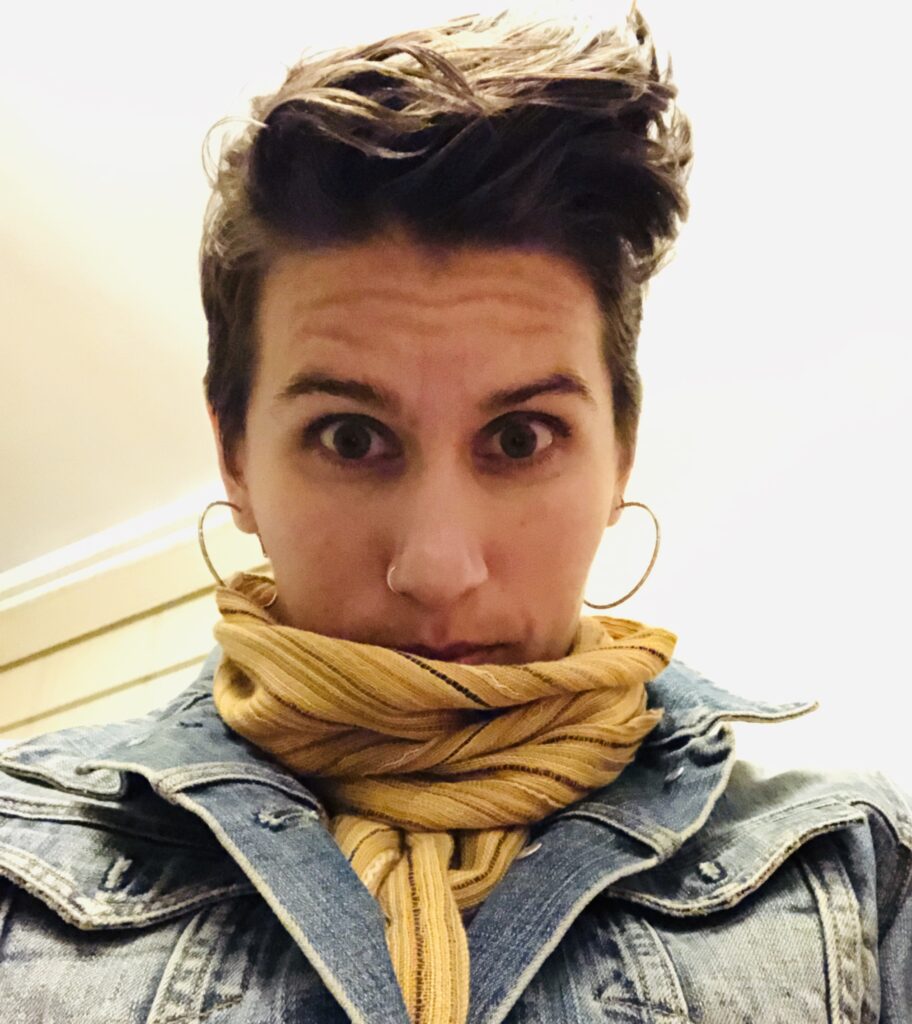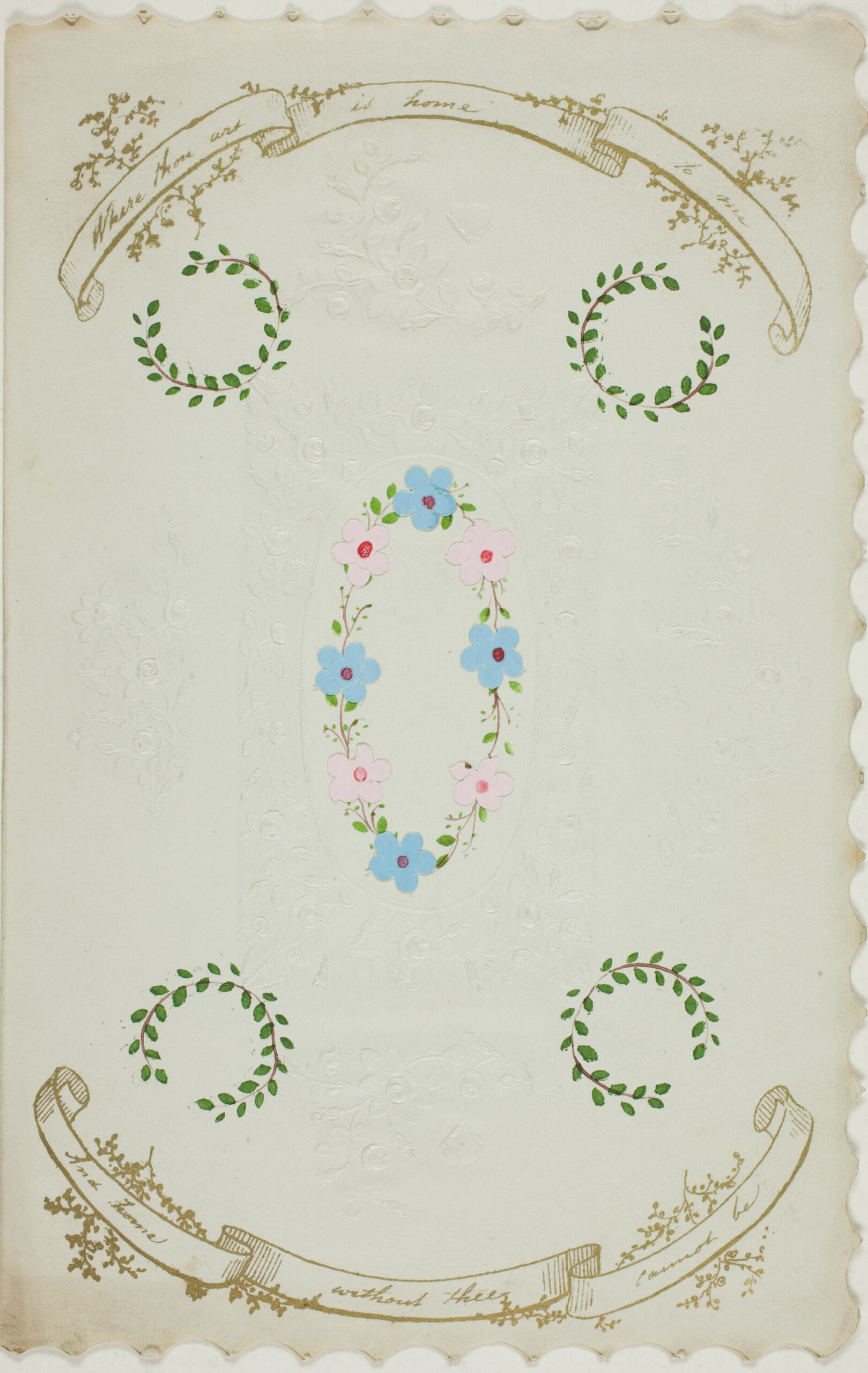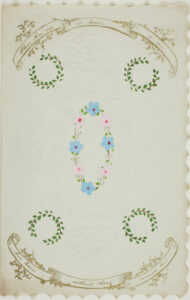How To Fix Everything
J. Lazar
My mom was a believer—she was into anything that could heal you of everything. Açai berries. Turkey tail mushrooms. Marriage. Sign her up. And my grandmother, her mother, was an even stauncher breed of devotee: a body and blood depression-era Catholic who cooked liver on Sunday afternoons with rosary beads wound tight around her right hand.
I saw what a lot of my mom’s believer-ism got her, though. A mentally unwell husband she wouldn’t leave, cabinets of natural remedies covered in dust, and years of chemo anyway. That’s what saved me from going off the deep end about all these supposed cure-alls. At least until now.
There’s this thing going around—maybe you’ve heard about it?—something you can make at home from scratch if you’re willing to put in the effort and the time. It’s supposed to reinvigorate your brain, restore your joints, increase your attention span, heal your gut, and make you more kind. It can get you through any kind of crisis. I’ve included my own personal recipe for you below.
There’s a difference between being a believer and being desperate, but I suppose when the bottom falls out, the two things wind up looking pretty much the same.I began to feel like a person sinking into a small but bottomless pond. From the vantage of my own descent, I saw the end of the world so clearly: our body temperatures rise, the oceans swell, the land floods, other animals simply walk into the waves and disappear forever.
Is it arrogant to try to save yourself when the whole world is drowning? Or is it brave?
Bone broth. There’s so much I didn’t know.

Recipe for Homemade Bone Broth
Estimated Prep Time: 36 years and 3 days
- Readying: Rupture your own spine, lose your mother, prophesy the flood at the end of the world, fail to make a baby, watch the news as they bomb the land of your ancestors, dig ulcers into the pink lining of your tender stomach. Don’t rush this process. It may take years.
- Forage: The material the surgeons excavate from your spine – orange and rubbery, they told you it looked like crabmeat stuffed with thick red veins. The hair and pills your mother left behind in her hospital bed. The last clean, unfiltered water you find in your hometown. The eggs – oh, the eggs! how many of them – sift through the menstrual tissue and extract them with the finest tweezers. Your partner’s tears. Your own. Finally, capture the stomach acid – the thin liquid, more clear than yellow, slick and warm. Put all of these in a small jar. Leave in a field at night under a full moon.
- Transmutation: At daybreak, you’ll find your ingredients transformed into a set of wide, supple calf’s vertebrae, and one leggy-looking longer bone. Each piece will be wrapped in remnants of tendon and ligament, and the meat and bone will shine with the morning dew. Gather the bones before the sun rises fully into the sky. Cleanse the small area with burning herbs before you go. Don’t cut corners. Be grateful.
- Collection: At the morning market, you’ll find the other ingredients you need: yellow onion, one head of garlic, fresh thyme, carrots, and celery. Talk with the young pregnant farmer who sells you these things. She will remind you to season with black pepper and maple syrup. She will rub her expectant stomach while talking, and you will feel ashamed but unsure why.
- Preparation: Back at home, assemble the following items in your kitchen: a thick baking tray, a pair of tongs, a colander, the largest soup pot you own, a slow cooker, glass jars prepared for storing, a cup of apple cider vinegar, a thick yellow candle, grey salt from the sea, a pitcher of cold, purified water. Wash your hands. Wash your face. Wash your hair. Scrub your feet with lemons and sugar. Light the candle in the open kitchen window for your mother and grandmother before you place your hands directly on the bones.
- Boil The Water: Place half the purified water in the large pot and set to boil on the stove. If you want a very clean broth, remove the remaining fleshy tendons while the water comes to a boil. They’ll cling mercilessly, the tendons—they were never meant to be torn from the bone. The cat can help. His tiny teeth and sturdy jaws can catch the tendon threads in a way that your stubby fingers cannot. Let him. Let him bend his purring head into the sink and scrape at the bones in your hands while the water reaches its boil. He will lean against you unselfconsciously and it will make you both feel less alone.
- Blanching: When the water is boiling, set the bones into the pot and let the water cleanse them. About 15 minutes. Blanching is an old Germanic word with a French root that means, “to make white again.” It was my mother who taught me that, one afternoon in the kitchen making pea soup from a ham hock while we both ate fried chicken over the sink. She was trying to teach me how to never waste, and I was laying a greasy drumstick across my ten-year-old forearm, turning to make the chicken bones align with my own, watching the nubby ends of my own thin wrists roll this way and that.
- Roasting: Preheat the oven to 400 degrees and spread the damp, blanched bones on the baking tray. Into the oven they go for about 20 minutes. After you get them into the oven, you may want to stand back or leave the kitchen altogether. Unless you want to watch what happens next.
- Rendering: The bones begin to fight, they spit and crackle. Rendering is a process of consolidation, releasing an electric storm of grease as heat separates fat from protein and prepares the marrow for extraction. As their temperature rises, the bones sense this and grow restless in the pan. They weep and gob, and a yellow tallow seeps into the tray in a thick glossy pool. If you sneak your face into the oven’s blistering chamber, you’ll see your own wide eyes in the pool’s reflection.
- Witness: Using thick potholders, remove from the oven. The bones will rattle and hawk angrily on the baking sheet in your hands. You should be able to see their browned, webby centers: dense and sticky like honeycomb, filling your kitchen with the smell of caramelized blood. The cat will be at your ankles, his eyes simmering.
- Chop, Layer, Stew: You should have already filled the slow cooker. Did I say that? If you haven’t, now’s the time. Cloves of garlic, layered with thick slices of onion, carrots, celery. The bay leaves and the cider vinegar, the salt and pepper. All of it into the slow cooker and covered in the remainder of the purified water. Set your device on the longest, slowest setting possible—we’re talking days, here. Then, using your tongs, carefully place the still slightly sizzling bones into that stewing electric pot. When you place the lid on, you may remember the relief on your mother’s face when the lobster pot was covered, and she no longer had to watch the creaky creatures hiss to death.
- Rest: Go out to the backyard woods with the baking sheet and scrape the slimy, rapidly solidifying tallow onto some fallen leaves for another scavenger to find. Leave the greasy tray at your back door for the cat to lick clean. Go for a walk. When you come home, tidy the kitchen and eat dinner. If you have a roommate (or a significant other, or a live-in mate of another sort), go to bed before they get home. You will need all the rest you can get.
- Rise: Because sometime around 3:20 in the morning you will wake up with the smell of hot, soaking marrow in your mouth. You will feel like you’re suffocating, like the house is on fire, like someone has started stuffing your throat with boiled alliums and sausage casings. Gagging and using no light, stumble your way to the kitchen. Because now you can witness the practical truth of making the broth.
- Maximum Boil: By the light of the moon, the green glow of the slow cooker, you will see something move rapidly across the floor of your kitchen. You will probably even hear it more than see it—like tiny hooves bouncing off the painted walls—and know it’s probably just the bones reaching their maximum boil, pounding away beneath the tight lid. But look again and you will see another round of movement, dark and darting behind the stove. Then something sudden near the refrigerator, and across the counter. A low shadowy figure will appear, sliding around the handles of the steaming slow cooker before it disappears behind the toaster.
- Sounding: A moan, low and guttural. The cat. But no, he is behind you, black fur on end in the shadows, frozen in his most predatory stance. Laser-focused yellow eyes, the dark-on-dark outline of his approach. Where did that sound come from?
- Visitation: It will happen so quickly, how the cat darts into the kitchen, how the air in that small room begins to swell with the sounds of teeth, a fresh wave of iron ascending. A ladle will be thrown to the floor, a favorite bowl of your mother’s dashed to pieces. You will think you see her, your mother, standing there by the window, and the cat will slink back to your ankles, hissing and spitting. In every dark corner of the room, you will perceive tiny sets of eyes, glaring, demanding answers. Who have you summoned into this dark night?
- Swirl and Wrath: When the sun finally rises in the morning, and the slow cooker is still boiling steadily away, you will find yourself sitting still in the doorway, witnessing the wreck of your kitchen. Bloody paw prints on the cabinets, scuffs across the tile floor, ceramic pieces everywhere. Purring tenderly, the cat will climb into your lap, his thick fur sticky and rank with carrion. Holding him in your arms, rise and make yourself a cup of coffee. In the strong morning sunlight, you will clean the kitchen, avoiding the pot where the broth continues its swirling wrath, not daring to remove the lid.
- Choose: When the sun sets, it will all begin again. You’ll hear scratching coming from inside the cabinets and then, once more, the kitchen will let alive with tangled shades: A tail? A leg? A low, delicate fawn? You will think you have perhaps gone mad. Your heart will be beating in your ears but then you’ll feel it in your legs and your arms, in the butterfly of your pelvis, and you will realize that it is your own marrow that pulses, pounding out the ivories of your sheltered skeleton as it senses the others in that kitchen: sparring, separated, boiled alive. You can choose to stay and witness the shadows or leave. You can decide not to come back.
- Suspend: If you stay, you’ll know when you’re done. I mean, it’s done. Like any good infusion, the smell will be just right and the color satisfying. Also, you’ll be exhausted and unable to bear the rattle of the pot for another second. You can check the broth by lifting a spoonful up to the window. Suspended there in the liquid, the fats and marrow should shine out like luminaries when the sunlight strikes the spoon.
- Confession: Is this a recipe, truly? Before she died in that terrible hospital bed, my mother made me promise to write a cookbook for my future children. But I’m writing this and I have no children and I’m not convinced that if you do exactly as I have that you’ll get the same results. I imagine, like sourdough, that everyone’s broth matures differently. For me, those bones lived and died in my kitchen for three long nights and I, sweating insomniac, could only tremble in the doorway and watch. When it was all over, my broth was a sparkling beefy brown. The bones were white and gleaming, hollow like shells.
- Strain, Seal, Store: Unplug the pot and strain the steaming liquid through a sieve into prepared jars. Leave about an inch of clearance from the rim of the jar for the ghosts, my grandmother always said, but really it’s so the jars don’t explode under pressure if you freeze them. Cool everything thoroughly before you screw the lids on tight. At room temperature, they will look like liquid quartz: cloudy, thick, opalescent.
- Serving Suggestion: The broth can be used as a base for soups, stews, risotto, but I prefer just to drink it as is. It’s not a matter of being arrogant or brave. What’s suspended in that broth doesn’t give a damn about who you are or how you dress your ego. Survival is a matter of pure animal—flesh and blood and bone. When you feel yourself barren; when nothing else helps; when you miss your mother; when you hear the waves rising and something small bleating into the tide, boil the broth hard so that it stings to hold a mug of it in your hands. Serve immediately. Serve it hot. Let it run wild.









